Could hollow planets, strange asteroids, or tiny tunnels hold the key to solving one of the Universe’s greatest mysteries? These peculiar phenomena might be the telltale signs of primordial black holes — hypothetical relics of the early Universe that could explain dark matter, the elusive substance making up most of the Universe’s mass.
Believed to have formed just after the Big Bang, primordial black holes remain undetected despite decades of searches. Now, a new study proposes an unconventional approach: looking for the unusual cosmic footprints they might leave behind.
Black holes from the early Universe
Primordial black holes were formed under the extreme conditions of the early Universe, a time when the cosmos was a hot, dense soup of elementary particles, including electrons, quarks, and gluons. Scientists speculate that subtle density fluctuations in the primordial plasma may have triggered localized gravitational collapses, giving rise to primordial black holes.
If they existed in sufficient numbers and at appropriate sizes, then they could potentially explain the “missing mass” attributed to dark matter because they would add mass to the Universe without emitting light or interacting with ordinary matter in the way stars or galaxies do.
Dark matter is known to influence the movement of galaxies and the structure of the Universe, but it doesn’t emit or absorb light, making it invisible to direct observation.
However, their existence remains unconfirmed, primarily because traditional detection methods, such as gravitational lensing caused by the bending of light rays due to the intense gravity of black holes, have yet to produce definitive evidence.
Hollow planets as evidence for primordial black holes
If black holes of this type exist, they cannot be very large, otherwise astronomers would have already detected them. This leaves only small primordial black holes, with masses ranging from 1011 to 1018 tons, as a plausible option. Additionally, their small size and hypothetical abundance would fit within existing constraints on how dark matter behaves in the cosmos.
To sidestep the challenges of direct observation, a research team has suggested an innovative indirect approach: identifying hollow celestial bodies. The reason being, small primordial black holes could have consumed the interiors of planets or asteroids after crashing through their surface, leaving their outer shells intact.
“If the object has a liquid central core, then a captured primordial black hole can absorb the liquid core, whose density is higher than the density of the outer solid layer,” said Dejan Stojkovic, a professor of physics at the State University of New York at Buffalo and one of the authors of the study, in a press release.
After a significant collision with another celestial body, the primordial black hole could be ejected, leaving behind the hollow body. These “emptied” celestial objects could then be identified by their anomalously low mass.
“If the object’s density is too low for its size, that’s a good indication it’s hollow,” Stojkovic said.
Asteroid belt candidates
Some celestial bodies already known to scientists could warrant a closer look. Lutetia, a 100-kilometer-wide asteroid, and Vesta, which spans over 525 kilometers, reside in the asteroid belt between Mars and Jupiter. Both have densities far below the average for rocky objects, suggesting they might not be solid throughout.
These anomalies could be the result of interactions with primordial black holes, according to the researchers. “We have to think outside of the box because what has been done to find primordial black holes previously hasn’t worked,” Stojkovic added.
However, detailed future studies with specialized spacecraft (such as the two successful Hayabusa missions to Ryugu) may be necessary even if such anomalously light asteroids are discovered. The reason is that there are other possible causes for the low average density of the asteroid. For example, if there was water inside the asteroid, it could have evaporated, leaving pores that would obviously reduce the density.
Tiny tunnels as another signature
The researchers also propose searching for microscopic tunnels as another potential indicator of primordial black holes. When a fast-moving black hole of this kind interacts with a dense object like Earth, it could leave behind a narrow, submicron-sized track. These tracks, if preserved over millennia, might still be detectable today.
The challenge, however, lies in the rarity of such events. The probability of a primordial black hole colliding with a laboratory-scale detector on Earth is exceedingly small. Instead, the study recommends examining ancient materials, such as old rocks or architectural structures, for these minuscule scars.
“Because of these long odds, we have focused on solid marks that have existed for thousands, millions, or even billions of years,” said De-Chang Dai, a physicist at National Dong Hwa University and Case Western Reserve University, who co-authored the study.
These tunnels, if discovered, could represent direct evidence of a primordial black hole’s passage, providing a groundbreaking way to confirm their existence.
While the probability of success might seem slim, the potential implications of detecting primordial black holes are enormous. Such a discovery would not only confirm a long-held cosmological theory but also shed light on the nature of dark matter, a problem that has puzzled physicists for decades.
Moreover, the methods proposed by this study are cost-effective and require minimal specialized equipment, making them accessible for further exploration.
“The chances of finding these signatures are small, but searching for them would not require much resources and the potential payoff, the first evidence of a primordial black hole, would be immense,” Stojkovic concluded.
Reference: De-Chang Dai and Dejan Stojkovic, Searching for small primordial black holes in planets, asteroids and here on Earth, Physics of the Dark Universe (2024), DOI: 10.1016/j.dark.2024.101662
Feature image credit: AdisResic on Pixabay

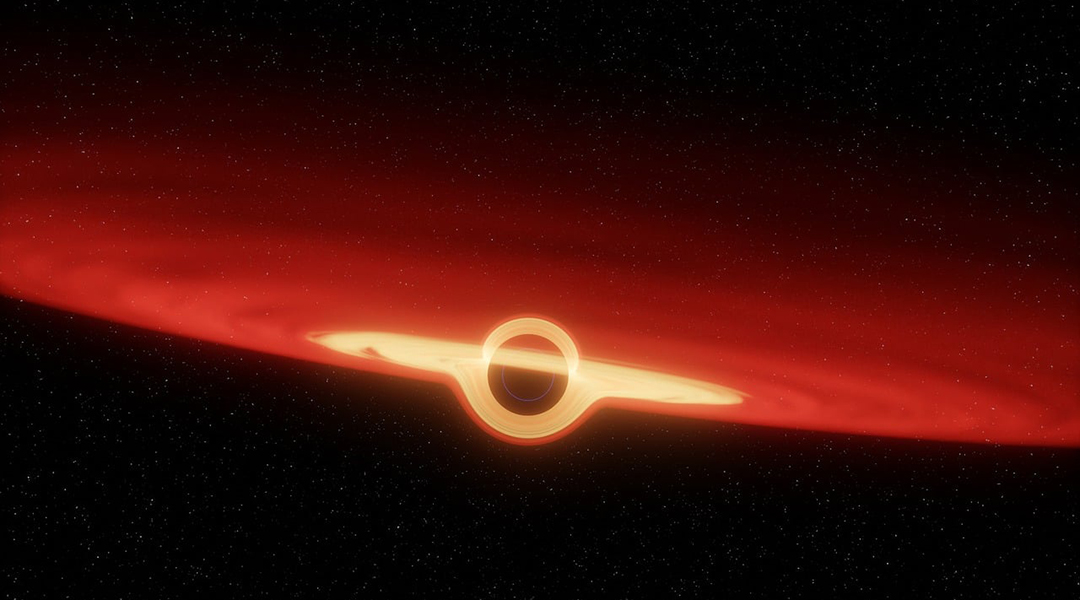
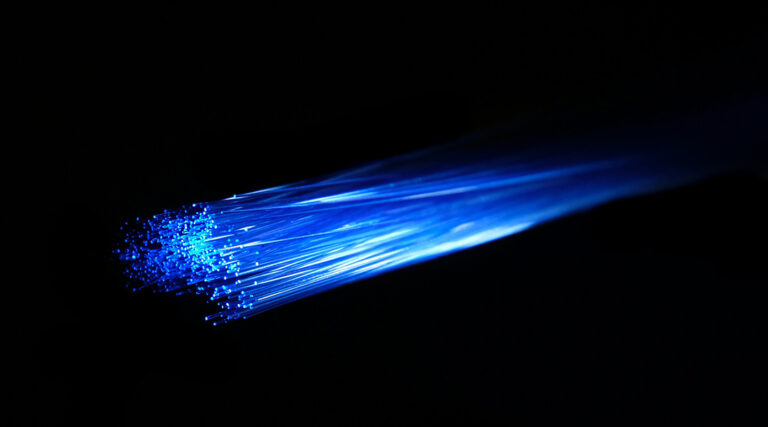
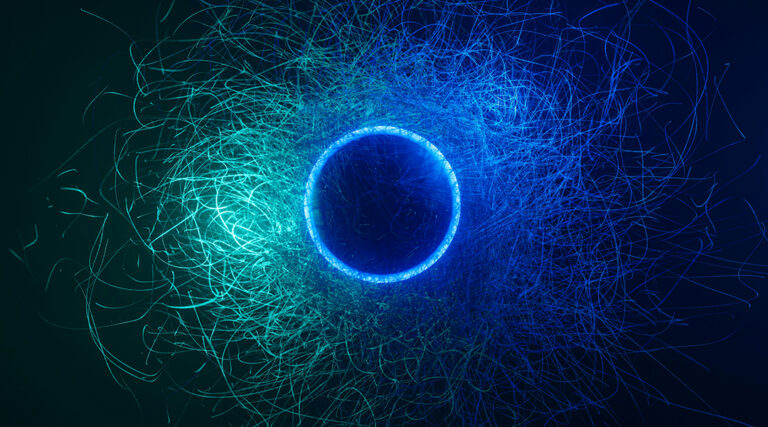
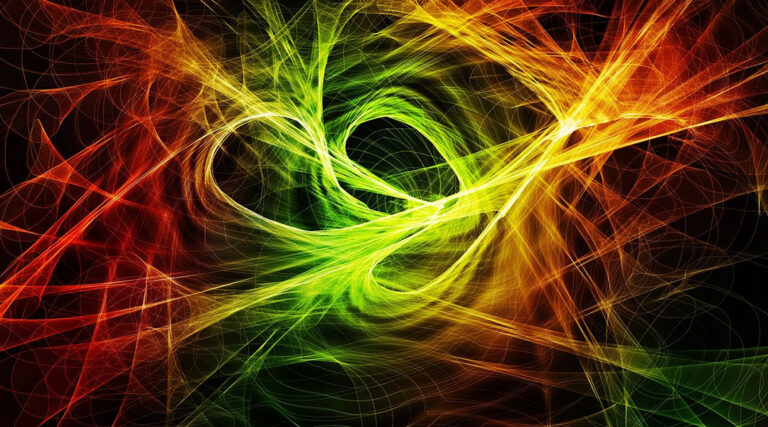
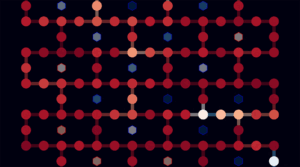

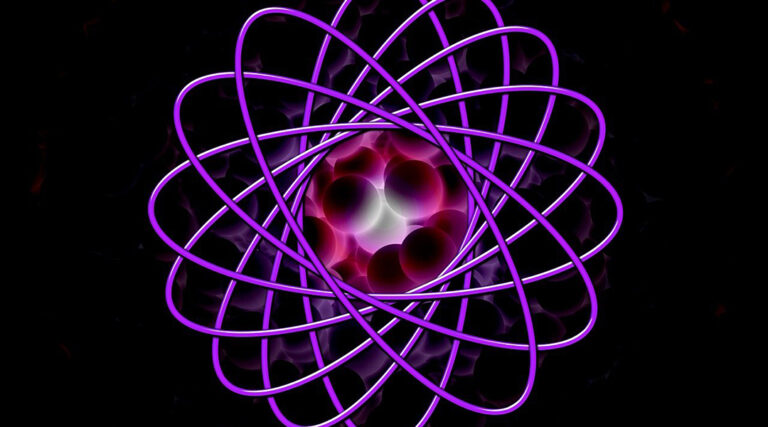
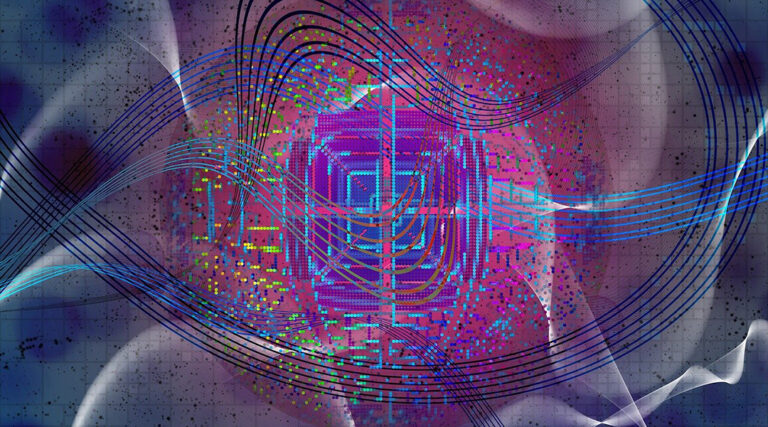

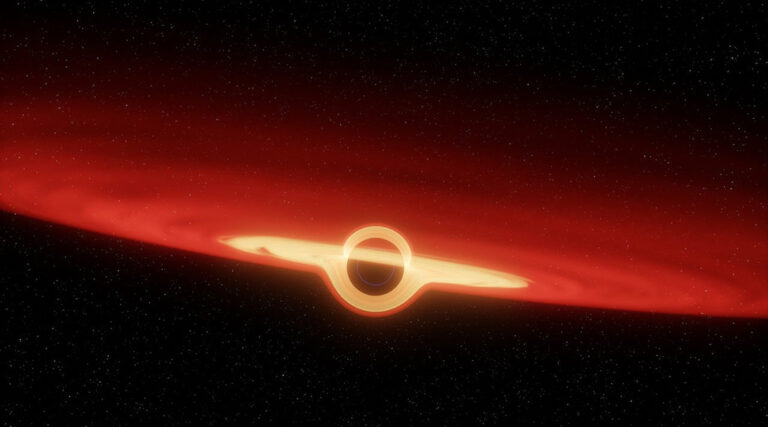
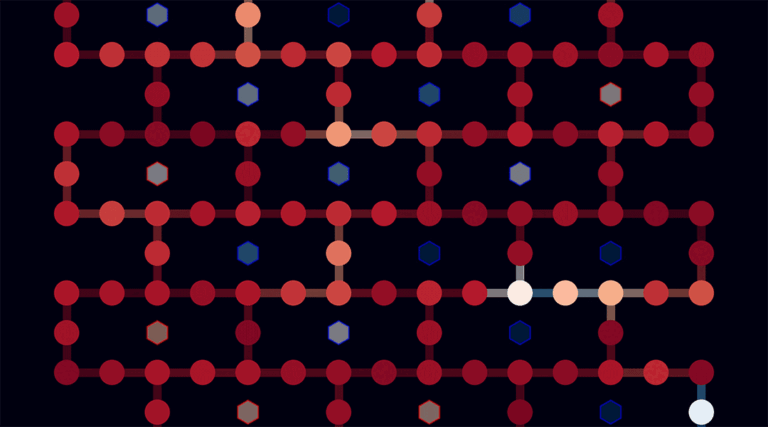
+ There are no comments
Add yours